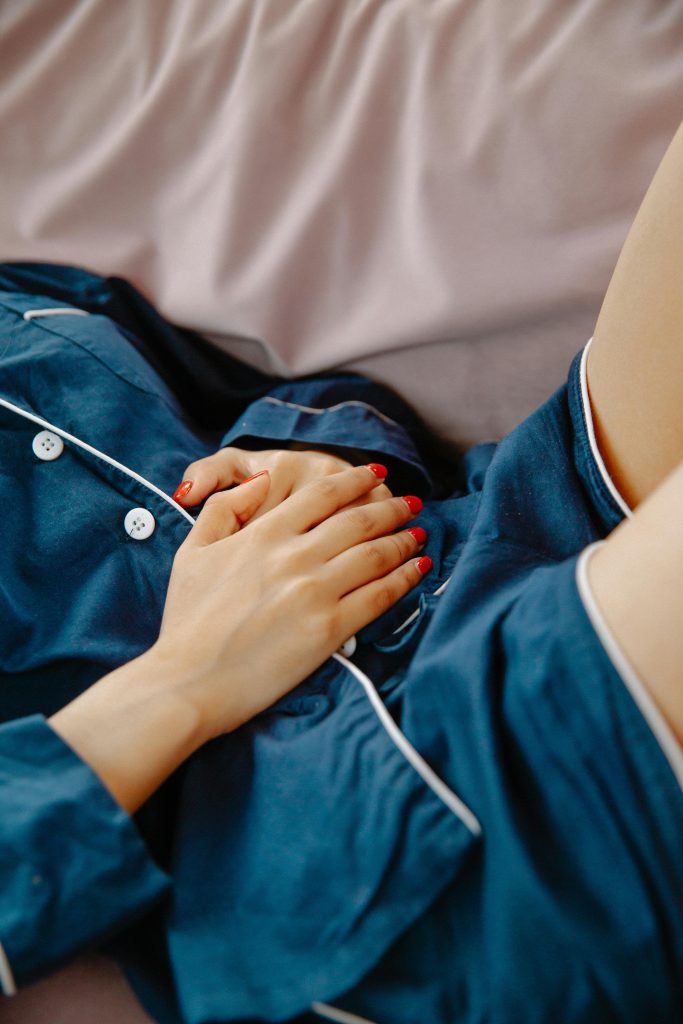Body Image and Representation: A Changing Landscape in Media
For decades, media has played a powerful role in shaping societal standards of beauty and body image. From glossy magazines and blockbuster movies to Instagram influencers, the portrayal of bodies in media has deeply influenced how we view ourselves and others. Historically, these portrayals have been narrow, perpetuating unrealistic ideals and leaving many people feeling excluded, judged, or inadequate.
However, the narrative is beginning to shift. A growing movement toward inclusivity and authenticity is reshaping the way media represents bodies, offering a more diverse and empowering vision of beauty. In this blog post, we’ll explore the evolution of body image in media, celebrate the progress made, and discuss the work that still lies ahead.
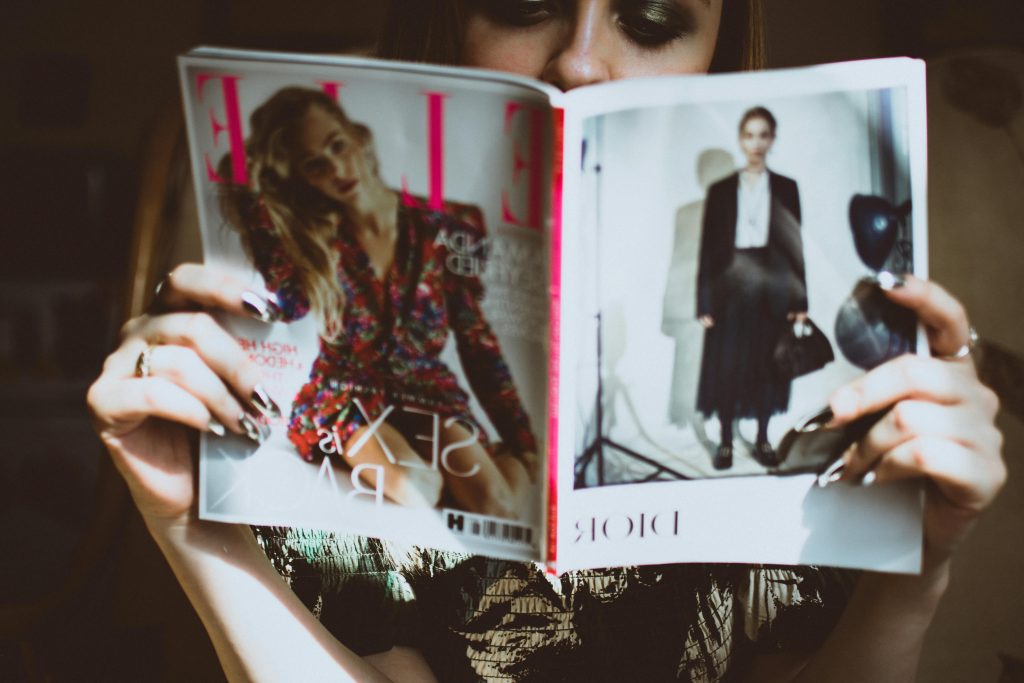
The History of Body Representation in Media
To understand where we are now, it’s essential to look back at how body image has been portrayed in media throughout history.
The Early Years: Idealized Femininity and Masculinity
In the early 20th century, media representations of bodies were heavily influenced by societal norms and cultural ideals. Women were expected to embody a soft, curvaceous figure in the 1950s, reminiscent of icons like Marilyn Monroe. Men, on the other hand, were portrayed as strong and muscular, reflecting traditional ideals of masculinity.
The Rise of the Thin Ideal
By the 1960s and 70s, the thin ideal became dominant for women, driven by models like Twiggy and a cultural obsession with dieting and weight loss. Media glorified slim figures, often portraying larger bodies as undesirable or unhealthy. Men’s bodies, too, became hyper-focused on leanness and muscular definition, thanks to the influence of Hollywood and fitness culture.
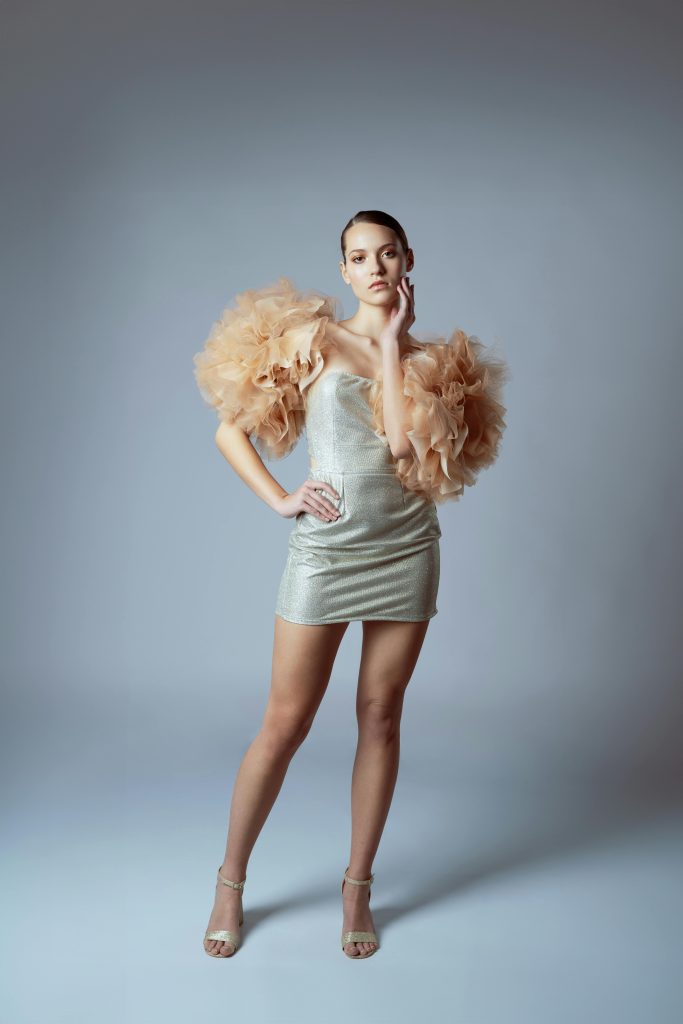
The Peak of Perfectionism: 1980s–2000s
The late 20th century saw the rise of airbrushed perfection. Magazines, movies, and advertisements showcased impossibly flawless bodies, thanks to the advent of Photoshop and digital editing. This era gave birth to a surge in eating disorders, body dissatisfaction, and a booming beauty industry promising to “fix” perceived flaws.
The Turning Point: Challenges to Media Norms
The relentless pressure to conform to unrealistic beauty standards sparked widespread discontent, leading to a growing movement challenging the status quo.
The Body Positivity Movement
Emerging in the early 2010s, the body positivity movement aimed to celebrate all body types and challenge the notion that thinness equals beauty or health. Social media platforms became a powerful tool for activists and influencers to share unfiltered, authentic images and stories, creating a counter-narrative for mainstream media.
Breaking the Monotony
Brands, publications, and filmmakers began responding to consumer demand for representation. Campaigns like Dove’s Real Beauty series featured diverse body types, skin tones, and ages, while popular shows and movies started including plus-size actors and characters without relegating them to stereotypes.
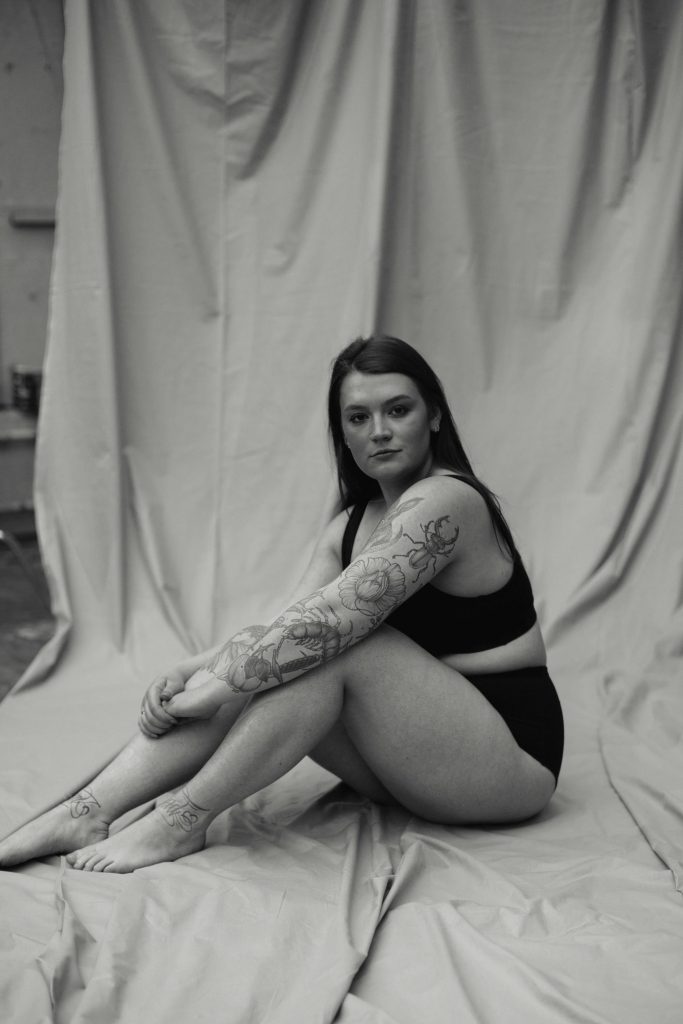
Progress in Media Representation
Today, the media landscape looks markedly different from just a decade ago. While there’s still work to be done, strides have been made toward inclusivity and authenticity.
1. Diverse Body Types
Mainstream media is increasingly showcasing a broader spectrum of body sizes and shapes. Models like Ashley Graham and Paloma Elsesser have graced the covers of major magazines, proving that beauty comes in many forms. Plus-size fashion lines are thriving, and brands are featuring real people in their campaigns.
2. Representation of All Skin Tones
The push for diversity extends beyond body size. Representation of all skin tones and ethnic backgrounds is gaining traction. Media is finally acknowledging that beauty is not confined to Eurocentric features, with brands like Fenty Beauty leading the charge for inclusivity.
3. Embracing Disabilities
Representation of people with disabilities has also seen progress. Campaigns and social media influencers are normalizing images of people with prosthetics, wheelchairs, and visible conditions, showing that beauty exists beyond societal norms.
4. Gender Inclusivity
Gender norms around body image are being challenged as well. Media is moving away from rigid binaries, showcasing non-binary, genderqueer, and transgender individuals in beauty campaigns and entertainment.
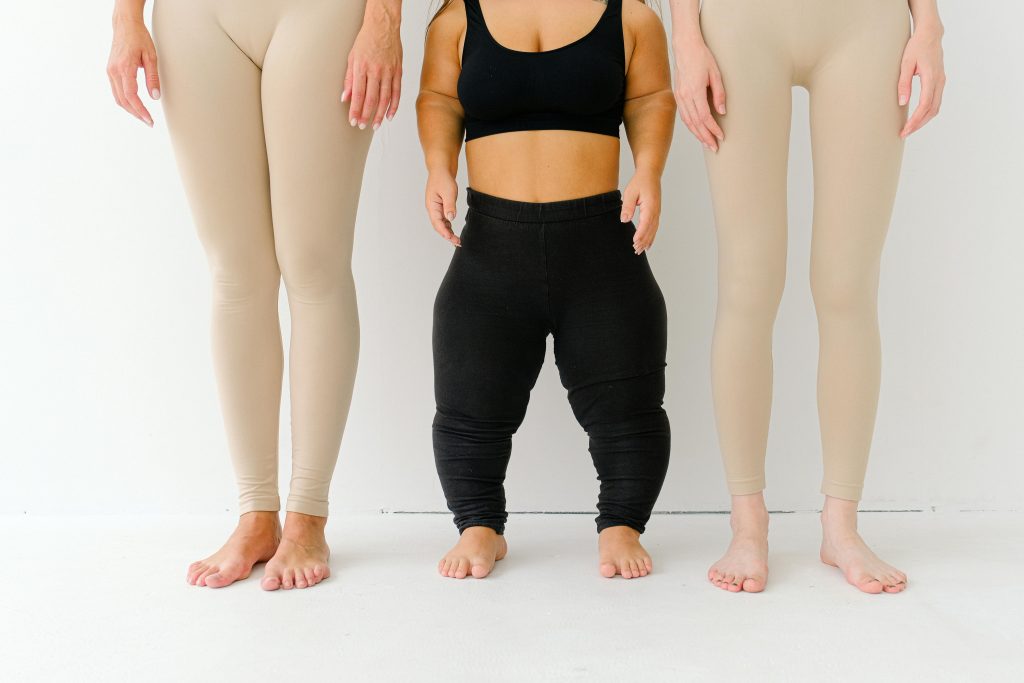
The Role of Social Media
Social media has been both a blessing and a curse for body image. On one hand, it’s democratized representation, allowing individuals to share unfiltered, authentic content. Hashtags like #BodyPositive, #EffYourBeautyStandards, and #SelfLove have fostered communities of support and empowerment.
However, social media also perpetuates comparison culture and the pressure to curate a “perfect” online persona. Filters, editing apps, and influencer culture can still create unrealistic expectations, especially for younger audiences.
The Psychological Impact of Representation
The shift toward diverse representation is not just a cultural win—it has profound psychological benefits. Studies show that seeing diverse bodies in media improves self-esteem, reduces body dissatisfaction, and fosters a sense of belonging.
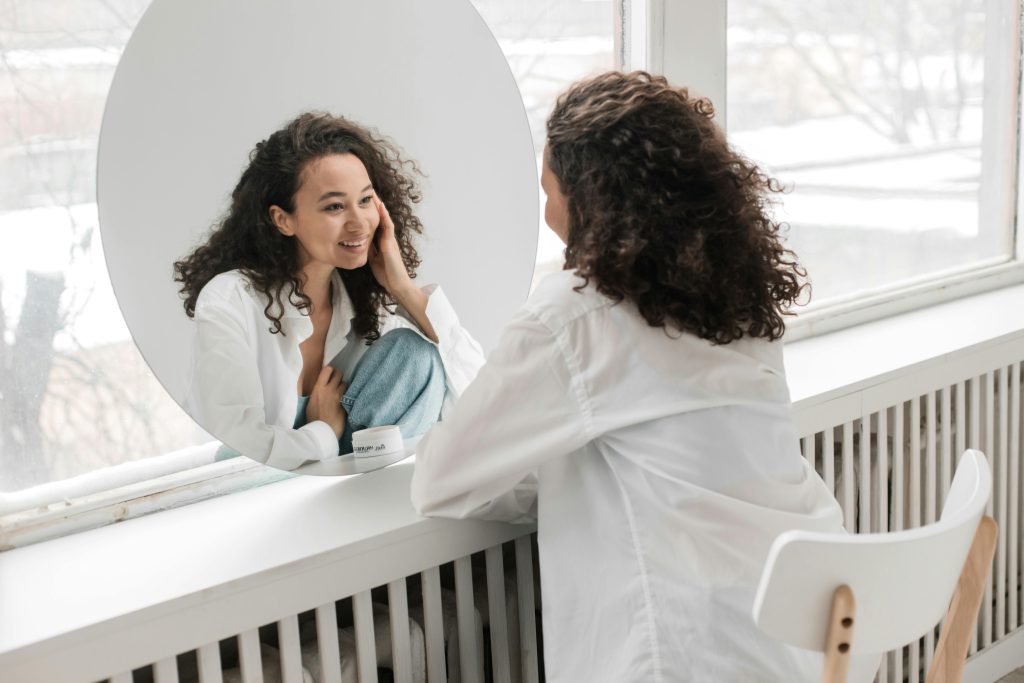
Positive Impacts
- Normalizing Diversity: When people see themselves represented, they feel validated and included.
- Reducing Shame: Authentic portrayals of imperfections, such as cellulite or stretch marks, help normalize natural bodies.
- Encouraging Self-Acceptance: Media that celebrates all body types encourages viewers to embrace their own uniqueness.
Challenges Remaining
Despite progress, many people still struggle with internalized beauty standards. Diet culture, fatphobia, and unrealistic expectations remain pervasive, fueled by industries profiting from insecurity.
The Work That Still Needs to Be Done
While media representation has come a long way, there is still much to be achieved.
Combatting Fatphobia
Larger bodies are still stigmatized in many aspects of media. Plus-size characters are often portrayed as comedic relief or secondary figures, and fatphobia persists in headlines, casting decisions, and societal attitudes.
Addressing Tokenism
Some brands and creators include diverse bodies as a marketing ploy without committing to systemic change. True inclusivity requires consistent representation, not just surface-level gestures.
Educating Consumers
Media literacy is essential to help people critically evaluate the content they consume. Understanding how media shapes perceptions can empower individuals to resist harmful messages.
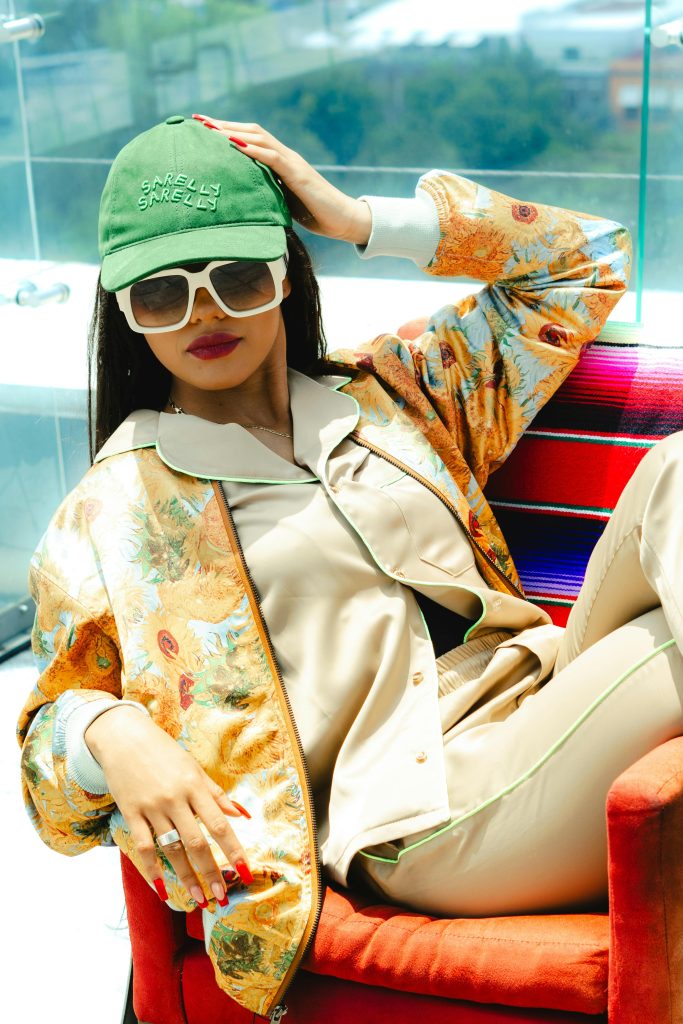
How to Support the Movement
As consumers, we play a crucial role in shaping media trends. Here’s how you can advocate for better representation:
- Support Inclusive Brands: Choose companies and creators that prioritize diversity and authenticity.
- Celebrate Real Bodies: Follow and amplify voices that promote unfiltered, honest portrayals of beauty.
- Challenge Harmful Narratives: Speak out against body shaming, fatphobia, and unrealistic portrayals.
- Practice Self-Love: Embrace your own body and lead by example, showing others that self-acceptance is powerful.
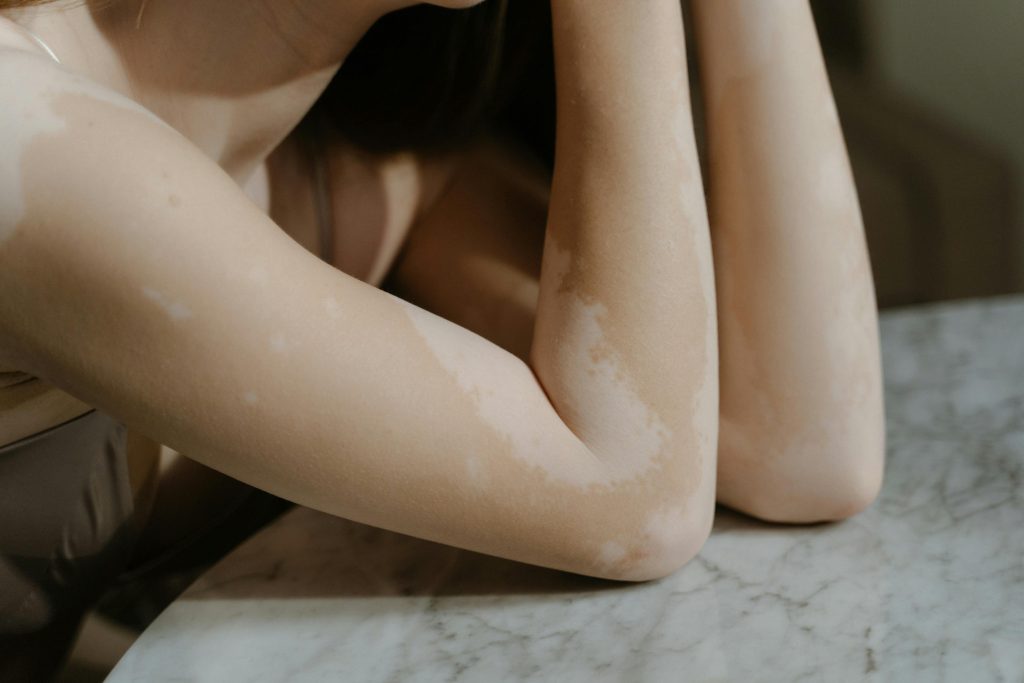
Conclusion: A Media Revolution in Progress
The changing representation of bodies in media is a hopeful sign of progress. We’re moving toward a world where beauty is no longer defined by rigid, unattainable standards but by diversity, authenticity, and self-expression. This shift has the potential to improve not just how we see others, but how we see ourselves.
The revolution is far from over, but each step toward inclusivity brings us closer to a more compassionate, accepting society. By continuing to demand better representation and celebrating our unique beauty, we can create a media landscape that uplifts and inspires everyone.
💬 Join the Bariradka Transformation Support group on Telegram!
Get exclusive tips, behind-the-scenes content, and chat directly with the author.
➤ Join the Community

